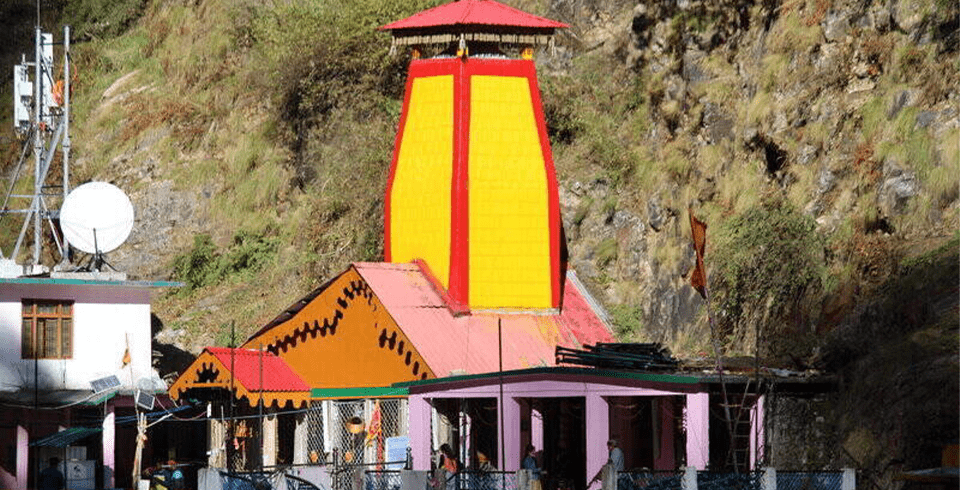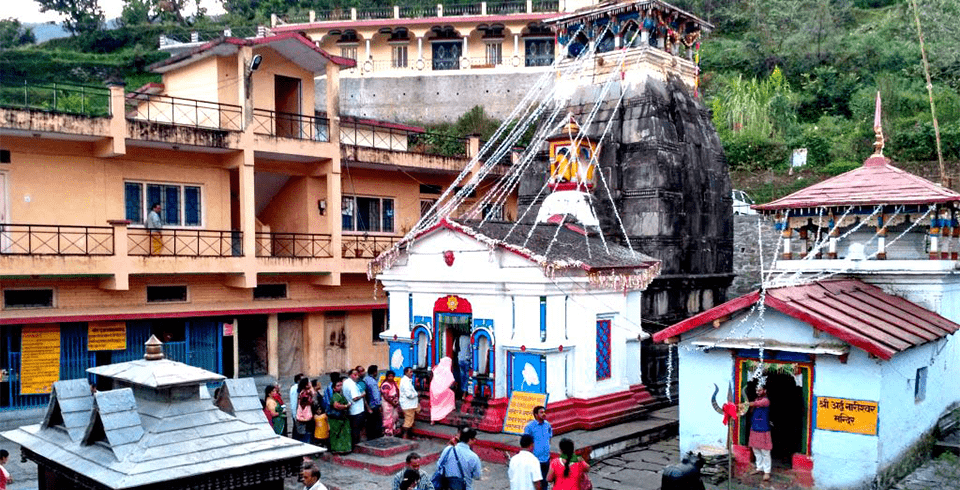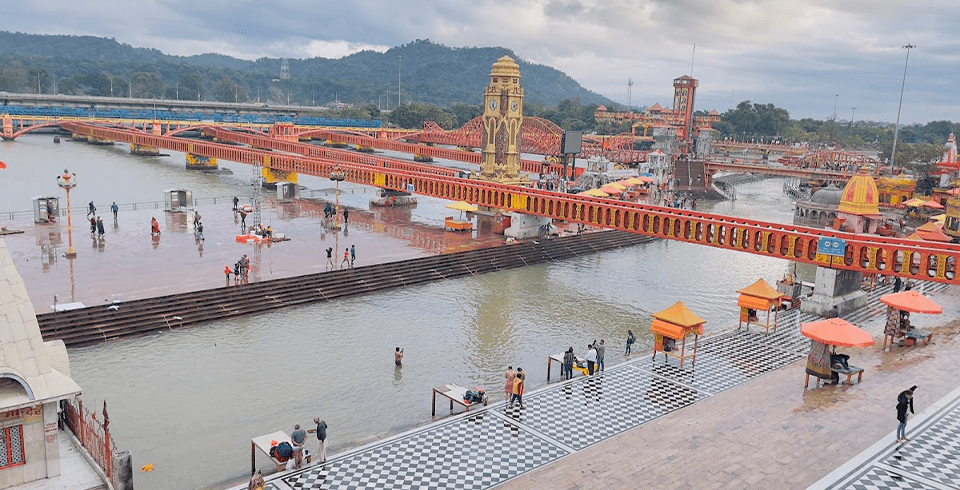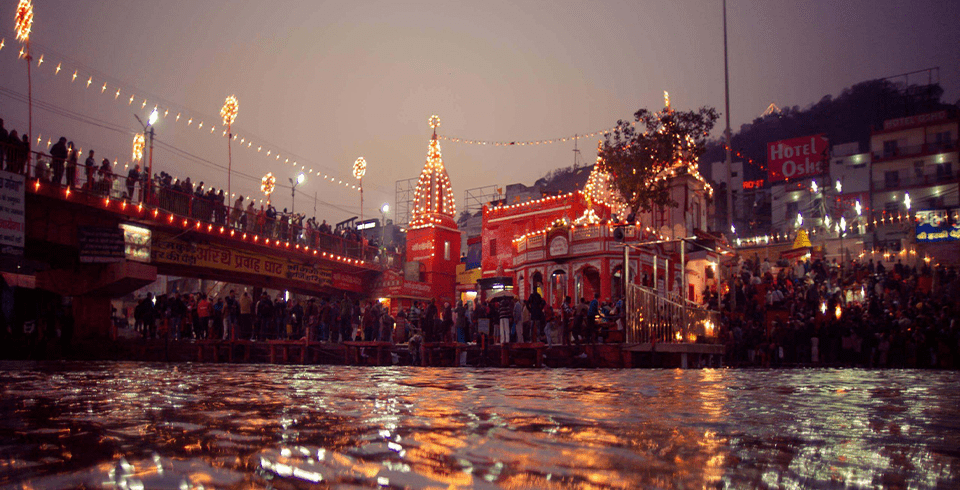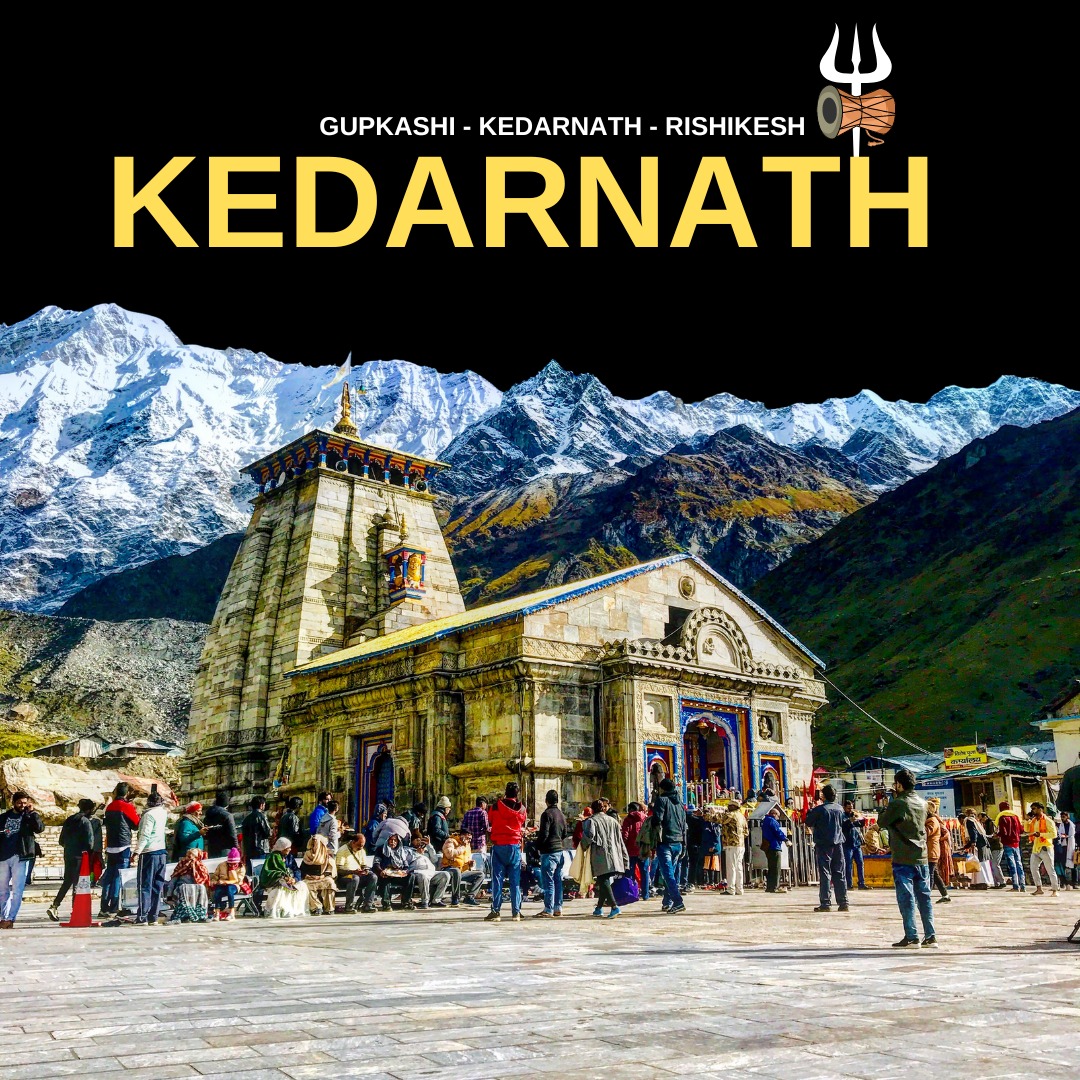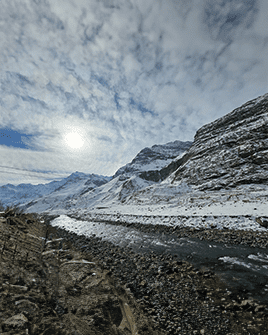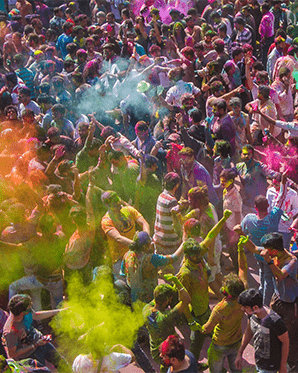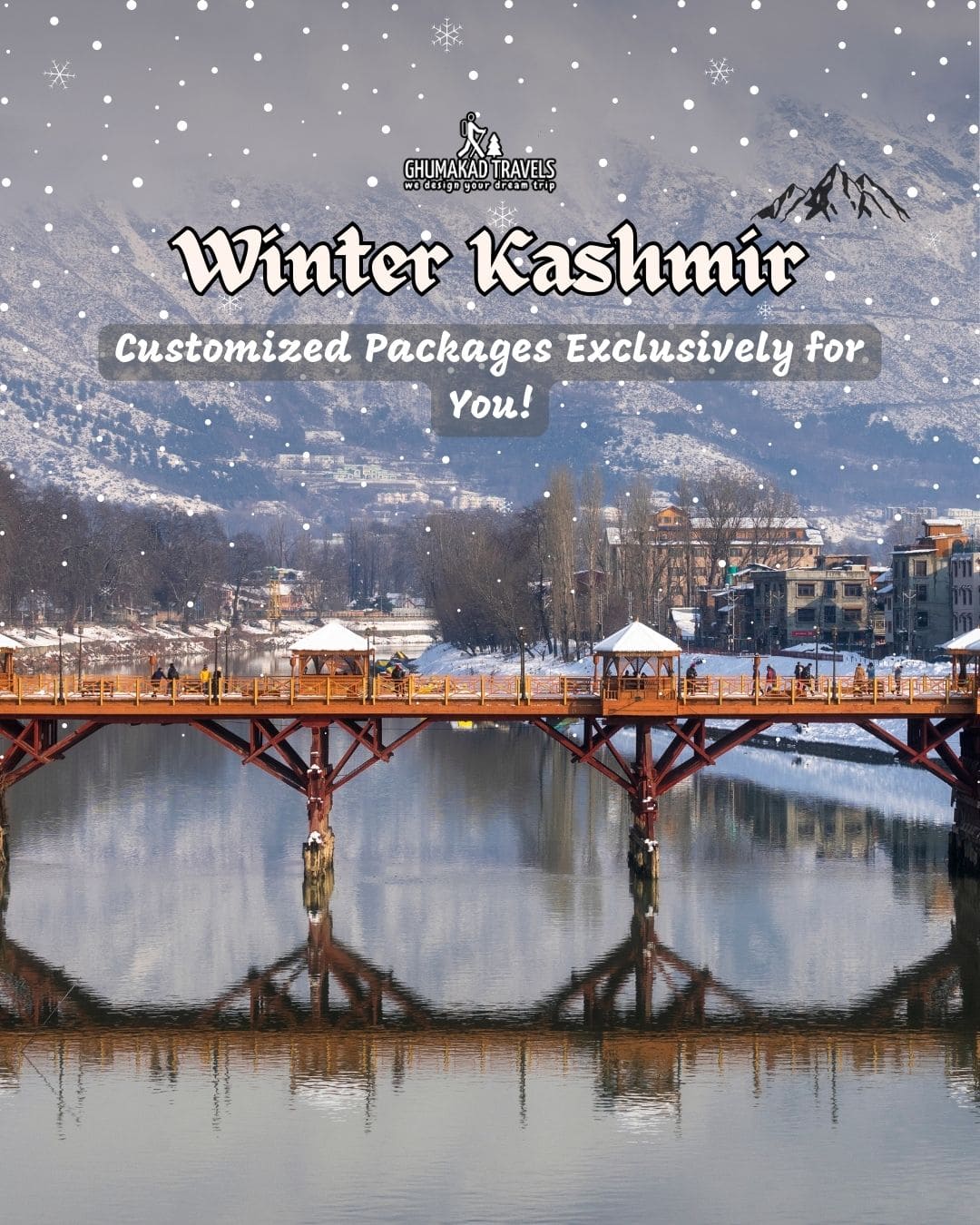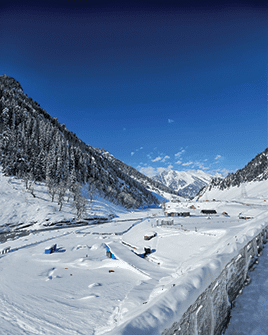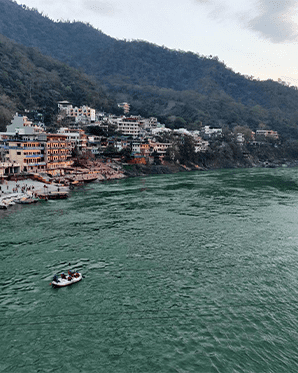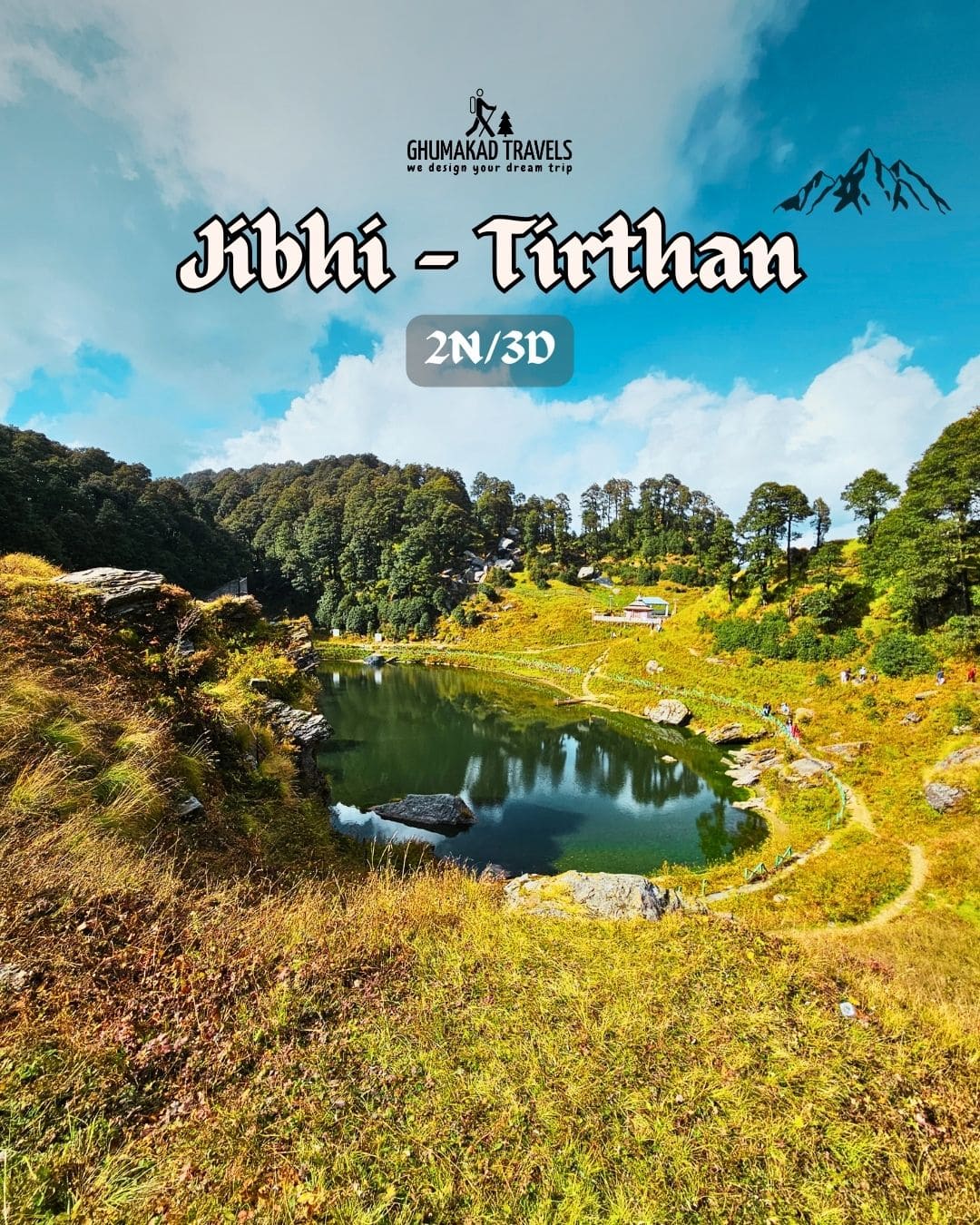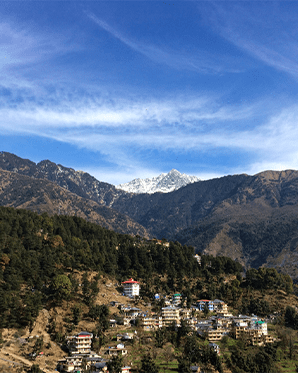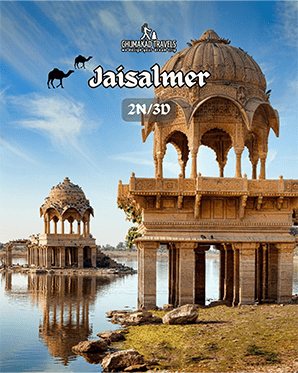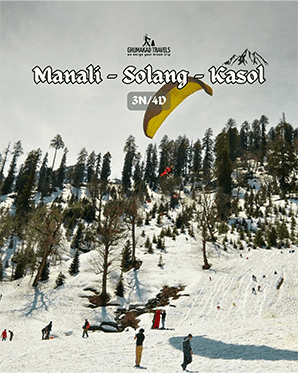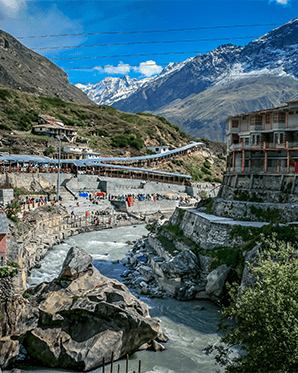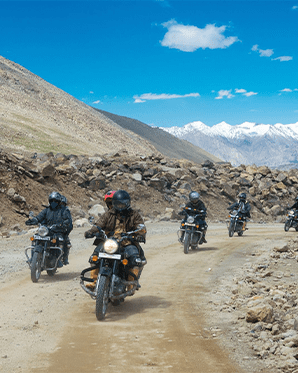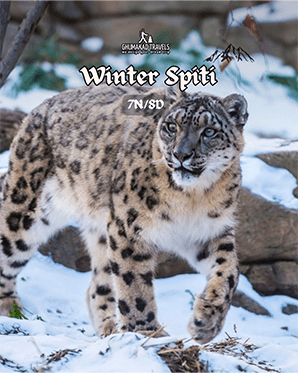Chardham Yatra
-
9 Night / 10 Day
-
Meals Included
-
Accommodation
About Tour
The Char Dham Yatra is a holy pilgrimage that holds deep meaning for Hindus. It is a journey of spiritual significance and an opportunity to seek divine blessings. This religious tour is believed to cleanse the soul, purify the mind, and ultimately lead to Moksha, the ultimate liberation from the cycle of birth and death.
- Char Dham: The term “Char Dham” translates to “four abodes” and refers to the four sacred sites: Yamunotri, Gangotri, Kedarnath, and Badrinath.
- Location: These temples are nestled high up in the Himalayas in the Garhwal region of Uttarakhand.
- Spiritual Significance: Hindus consider visiting the Char Dham to be very auspicious. It is believed to wash away all sins and ensure release from the cycle of birth and death.
- Accessibility: While Badrinath and Gangotri are accessible by vehicle, Yamunotri and Kedarnath require treks. Helicopter services now allow covering all temples in two days.
- Safety Measures: Pilgrims undergo a medical checkup for the trek to Kedarnath. Biometric registration is mandatory for the Char Dham Yatra.
- Tour Packages: Government-operated tours cover one or all four temples, including options to visit the Valley of Flowers and Hemkund Sahib12.
Remember, this journey is as divine as it is arduous, fulfilling the soul’s quest for spiritual enlightenment.
Itinerary
Day 01
Ranipokhari ( Rishikesh ) Barkot (162kms/6-7hr)
Morning meet our driver at Ranipokhari & drive for Barkot via Mussoorie, enroute visit Mussoorie Lake & Kempty Fall in Mussoorie. Later drive straight to Barkot. Check into the hotel arrival in Barkot. Overnight stay at Barkot.
Day 02
Barkot / Yamunotri / Barkot {36kms drive & 6kms Trek (one side)}Height: 3235 MTS
Morning meet our driver at haridwar & drive for Barkot via Mussoorie, enroute visit Mussoorie Lake & Kempty Fall in Mussoorie. Later drive straight to Barkot. Check into the hotel arrival in Barkot. Overnight stay at Barkot
Early morning after breakfast (packed breakfast), drive to Jankichatti / Phoolchatti & star trek from here to Yamunotri (6kms) (Either by walk or by horse or by Doli at own cost). After taking bath in Jamunabai Kunds warm water and having "Darshan" of "Yamunaji" return to Jankichatti by trek. Later drive towards Barkot, Overnight stay at Barkot.
- Yamunotri Temple : Maharani Gularia of Jaipur built the temple in the 19th Century. It was destroyed twice in the present century and rebuilt again. At Yamunotri, One can cook rice by packing it in a cloth and dipping it in the hot water of the Tapt kund. Pilgrims take this cooked rice home as "Prasad". Here near the temple "Pooja" can be offered to Divya Shila.
- Surya Kund : There are a Number of thermal springs near temple, which flows into numerous pools. The most important of these is Surya Kund.
- Divya Shila : A rock pillar, worshipped before entering the Yamunotri Temple.
- Yamunotri Weather : In summer the maximun temp is 18 degrees and the minimum is 10 degrees celsius. The days are pleasantly cool but the nights are cold.
Day 03:
Barkot Uttarkashi (100kms/4hr) Height: 1352 MTS.
Morning after breakfast, drive to Uttarkashi. Visit Shivgufa on the way to Uttarkashi. Arrival in Uttarkashi visit Kashi Vishwanath Temple in Uttarkashi city. After that check in Hotel. Day free for rest. Overnight stay at Uttarkashi.
Uttarkashi is home to a number of ashrams, temples. The name of the town reflects its similarity to and location (as north of) the city of Kashi (Varanasi). Similar to Varanasi, town of Uttarkashi is also situated on the banks of River Ganga.
Shivgufa : Shivgufa is Small temple between Shivkhori Barkot & Uttarkashi. Maximum devotee take darshan and then go to Uttarkashi.
Vishwanath temple - Vishwanath temple is one of the oldest Shiva temples in Northern India. Reconstructed in 1857 by Maharani Khaneti Devi of Tehri State in the ancient architectural style. It is situated at the heart of the town. A massive iron trident, symbolic of divine mother, is erected and worshiped from time immemorial at the temple complex. Ganeshji, Sakshi Gopal, Markandeya Rishi small shrines are also part of the temple complex. Akhand Jyoti as well as Akhand Abhishek, special aarti at morning and evening are offered. As per Skunda Puran, Uttarkashi is known as Saumya Varanasi, the abode of Lord Shiva in Kaliyug and counted as one of the twelve Jyotirlingas.
Shakti temple - Right in front of the Vishwanath temple is Shakti temple. It has a big Trishul of about 6 meters in height and a circumference of 90 cms. at bottom. Though there are different views about the making of this, the upper part of it seems to be made up of iron and the lower one is of copper. As per the epics this Shakti was thrown on the devils by the Goddess Durga(Shakti), hence it gets its name. Since then this Shakti is erected over here.
Uttarkashi Weather - Generally hot in summer, the temperature ranges from 30-35 degree Celsius but nights is pleasant, Cold in winters.
Day 04 :
Uttarkashi Gangotri Uttarkashi (100kms/3-4 each side) Height: 3048 MTS
Early morning (packed breakfast) drive to Gangotri, enroute at Gangnani take a holy dip in Garam Kund, further drive to Gangotri via beautiful Harsil Valley. Harsil is famous for its nature beauty and for the majestic views of the Deodar trees and mountains. On arrival at Shree Gangotri, take a holy dip in the sacred river Ganges which is also called Bhagirathi at its origin. Perform Pooja and Darshan, after that relax for some time in the lovely surroundings. Later drive back to Uttarkashi. Overnight stay at Uttarkashi.
- Gangotri Temple : The temple was constructed by the Gorkha General Amar Singh Thapa in the 18th Century, is situated on the right bank of Bhagirathi.
- Gangotri Weather - The maximum temperature during summer can go up to 20° Celsius. Summer nights can get cooler with a minimum temperature of 10° Celsius. Light woolen clothes are required while visiting Gangotri during summer. Winter season is very chilly in Gangotri. Gangotri will be covered in sheets of snow during winter. Pilgrim centers remains closed throughout winter due to heavy snow falls.
Day 05 :
Uttarkashi Guptkashi (220kms/8-9hr) Height: 1319 MTS.
Morning after breakfast, drive to Guptkashi via Moolgarh & Lambgoan. Enroute you can see the beautiful river Mandakini at Tilwara. The Mandakini river comes from Kedarnath, drive alongside the river to reach Guptakashi, visit Ardh Narishwar Temple in Guptakashi. Check into the hotel arrival in Guptakashi. Overnight stay at Guptakashi.
- Guptakashi :- The name Gupt Kashi means "Hidden Benares. Mythology describes how when the Pandava brothers were searching for a glimpse of Shiva, Shivji first concealed himself at Guptkashi, but later fled from them further up the valley to Kedarnath, where the Pandavas finally got their wish fulfilled. There are more tangible connections as well-the Kedarnath pandas (priests) live in Guptkashi during the winter months, and after the Kedarnath temple closes for the winter, the image of Kedarnath passes through Gupt Kashi on its way to Ukhimath (across the valley), where it stays for the winter.
- Guptkashi Weather - pleasant in summer, the temperature ranges from 25-30 degree Celsius. Cold in winters.
Day 06 :
Guptkashi / Kedarnath (30kms by road & 19kms Trek one way)Height: 3384 MTS
Morning after breakfast drive to Gaurikund, start your trek from Gaurikund to Kedarnath (by Pony / Doli / Helicopter at your own cost). Visit Kedarnath Temple. After temple Darshan trek down to Gaurikund. Later, drive to Guptkashi. Overnight stay at Kedarnath.
- By Trek : Morning our driver will drop you at Sonprayag then you have to take local jeep for Gourikund & then your trek strat for kedarnath ji. After darshan you follow same & back to Sonpraag. There is big parking issue so driver will back other palace if his contact no. in not working then you have to arrange other taxi or wait for your driver & send the massage any other driver.
- Kedarnath : The Kedarnath shrine, one of the 12 jyotirlingas of Lord Shiva, is a scenic spot situated, against the backdrop of the majestic Kedarnath range. Kedar is another name of Lord Shiva. According to legend, the Pandavas after having won over the Kaurava in the Kurukshetra war, felt guilty of having killed their own brothers and sought the blessings of Lord Shiva for redemption. He eluded them repeatedly and while fleeing took refuge at Kedarnath in the form of a bull. On being followed he dived into the ground, leaving his hump on the surface. The remaining portions of Lord Shiva appeared at four other places and are worshipped there as his manifestations. The arms appeared at Tungnath, the face at Rudranath, the belly at Madhmaheshwar and his locks (hair) with head at Kalpeshwar. Kedarnath and the four above-mentioned shrines are treated as Panch Kedar.
- Kedarnath Weather - Due to its high altitude the weather in Kedarnath remains cold for most part of the year. Summer here is cool and pleasant while winter is severe. During summer season the temperature varies around 20°Celsius. Light woolen wear is recommended. Winter season in Kedarnath is severe with mercury falling to as low as 0°Celsius. During this time the place experiences snowfall as well. Due to the extreme climatic conditions, this time is usually avoided by tourists.
Day 07 :
Kedarnath- Gaurikund -Guptkashi
Post breakfast we will descend back to Gaurikund from where we will drive to Guptkashi. Check into the hotel at Guptkashi and overnight stay.
Day 08 :
Guptkashi- Badrinath (220kms/9-10hrs) Height: 3133 MTS. ( Own Stay )
Morning after breakfast, drive to Badrinath. Check in to the hotel arrival in Badrinath. Pilgrims after having a bath in the Taptkund have the Darshan of Badrivishal & Aarti in evening. Brahamakapal is significant for Pinddan Shraddh of ancestors (Pitrus). There are other interesting sightseeing spot like Mana, Vyas Gufa, Maatamoorti, Charanpaduka, Bhimkund and the "Mukh" of the Saraswati River. Just within the three kms of Badrinathjee. Overnight stay at Badrinath. Badrinath one of the Ancient Four Dhams is one of the most celebrated pilgrimage spots of the country and is situated at an elevation of 3,133 meters, guarded on either side by the two mountain ranges known as Nar & Narayan with the towering Neelkanth Peak providing a splendid backdrop. This revered spot was once carpeted with wild berries. Thus the place got the name "Badri van", meaning "forest of berries".
- Tapt Kund : Natural thermal springs on the bank of the river Alaknanda, where it is customary to bath before entering the Badrinath temple
- Mana Village : Inhabited by an Indo-Mongolian tribe, it is the last Indian village before Tibet.
- Vasundhara : As the name suggests, vasundhara is a magnificent water fall. This place is 5 kms. from Badrinath out of which 2 kms. is motorable upto Mana.
- Bhim Pul : On the other side of Mana village, a massive rock forming a natural bridge, lies over the roaring Saraswati river. It presents a spectacular view of water thundering down through the narrow passage under the rock and is believed to have been placed there by Bhim, the second eldest among the five Pandava brothers.
- Vyas Gufa (cave) : Near Mana Village, this is a rock-cave where Ved Vyas is believed to have composed the Mahabharata and the pauranic commentaries.
- Badrinath Weather : The average maximum temperature will be around 18° Celsius and the average minimum is 8° Celsius. Warm and woolen clothes are hence required for a stay in Badrinath throughout the year. Winter in Badrinath is often accompanied by snow falls. Winter is very chilly with an average temperature of 5° Celsius. Due to the extreme climatic conditions, this time is usually closed for tourists.
Day 09 :
Badrinath to Rudraprayag
We will get the blessings early morning afterwards have breakfast. We can go for Mana village sightseeing following our breakfast. On the way back to Badrinath and moving ahead for Rudraprayag, we will witness 3 prayags- Vishnuprayag, Nandprayag and Karnprayag.
Overnight stay in Rudraprayag.
Day 10 :
Rudraprayag to Haridwar/Rishikesh
Morning after breakfast drive to R/S with your onward connection with happy tour memories.
Inclusion
- Accomodation as mentioned in the hotel section.
- Meal Plan(as per mentioned above).
- All Permit fees and hotel charges
- 12-13 Seater tempo traveler will be provided.
- An experienced Local guide
Exlusion
- Personal Expenses such as laundry, phone calls.
- Any cost arising due to natural calamities like road blockage, landslides, etc.,(Charges are to be borne by the client and should be directly payable at the spot).
- Insurance
- Room Heater Charges
- Monuments and Museum Fees
- Anything not in inclusion is excluded
Things to Carry
Clothes Footwear
- Fleece jacket
- Padded jacket (or down jacket)
- Sweater
- Rain coat
- Quick dry pants
- Regular Jeans
- Multiple layers of your regular wear
- Hikking Shoes
- Sandals
- Slippers
Medicines
- Diamox - 1Strip
- Dolo - 1 Strip
- Avomine - 1 strip
- Digene - 1 strip
- ORS - 6 packs
- Your personal Medication (if any)
- Camphor tablets
Others
- Daypack 20 Liters
- Sunscreen
- Moisturiser
- Light Towel
- Lip Balm
- Sanitary napkins
- Toothbrush
- Steel Lunch box, spoon & mug
- Two water bottles
- Plastic Covers ( for wet & dry clothes)
- Cash (5,000 - 7,000 would be enough)
Accessories
- UV Sunglasses
- Sun cap with flaps
- Waterproof gloves
- Balaclava
- Socks (4 cotton, 1 woollen)
- Headlamp/Torch
- Power Bank

